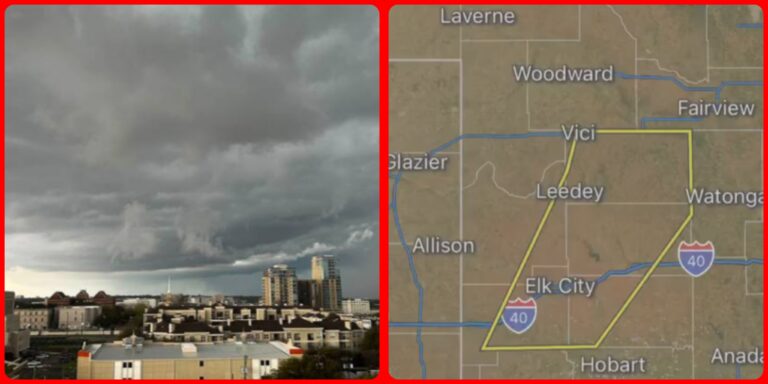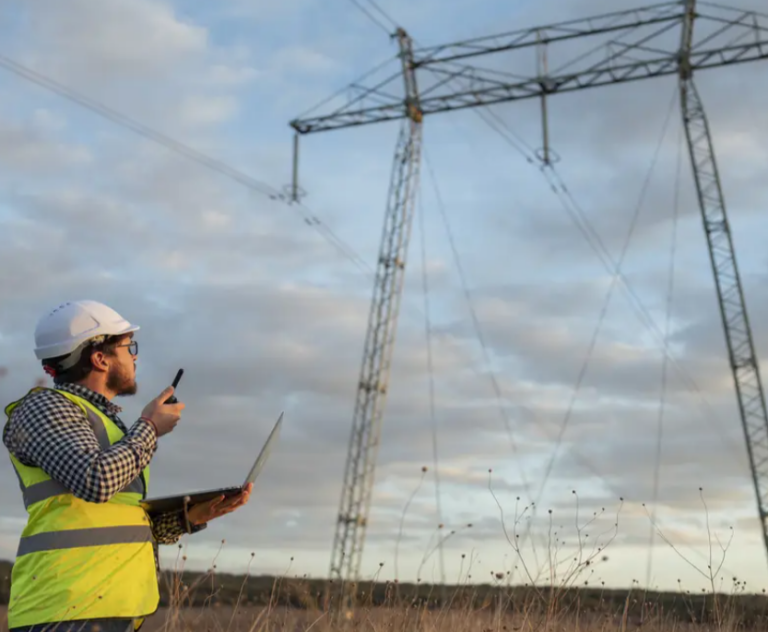
July 23, 2022
Kerala – The state’s Kollam district has recorded more than 80 cases of children being affected by the viral flu since May this year, raising concerns of a possible outbreak. Authorities suspect the rise in Tomato Fever cases to be a result of reopening of schools.
Doctors have said that the disease many affects children below the age of 5. The flu is named ‘Tomato Fever’ since those infected from it develop red, tomato-like blisters and rashes all over their bodies.
Kerala continues to battle a potential outbreak of Monkeypox, coupled with the ongoing COVID-19 pandemic, rising cases of another flu, known as Tomato Fever, has caused an alert in the state.
The disease gets its name from the symptoms one develops after being infected like blisters which are typically round and red in colour, coupled with rashes and itching. The disease is majorly caused in children below the age of five years.
While scientists have confirmed that the flu is caused by a virus, they are yet to ascertain the exact family of the virus which is belongs to. Notably, despite being highly contagious, the disease does not pose any serious life threatening risks.
Recently, two children in the US have been diagnosed with monkeypox in the US, health officials said Friday.
With the recent detection of Monkeypox among children, there is a concern over the number of diseases that are putting children at risk of getting affected.

Kerala has witnessed the spread of Tomato fever, a flu that mostly affects children below the age of 5.
Symptoms of Tomato Fever
Red blisters along with rashes, skin irritation and dehydration are the primary symptoms children can experience when infected from Tomato Fever. Besides, they can also suffer from tiredness, change of colour of hands and legs, joint pain, abdominal cramps, nausea, vomiting, diarrhea, coughing among others.
- Fever
- Rashes
- Dehydration
- Blisters
- Nausea
- Vomiting
- Cold
- Cough
- Head and body ache
Note: There has been a rising toll of Japanese Encephalitis in Assam. It went up to 38 this month, an official release said on Friday.
The disease primarily affects children and most adults in endemic countries have natural immunity after childhood infection, but individuals of any age may be affected, according to a report in News18.
According to the WHO, most infections are mild with fever and headache or without apparent symptoms. However, approximately 1 in 250 infections results in severe clinical illness and the incubation period is between 4-14 days.
CopyRights @ Raw_News1st





